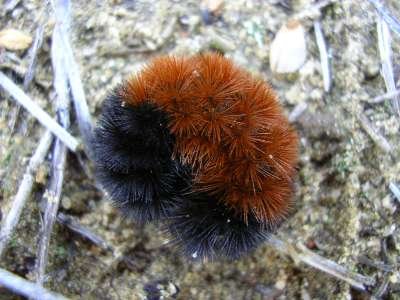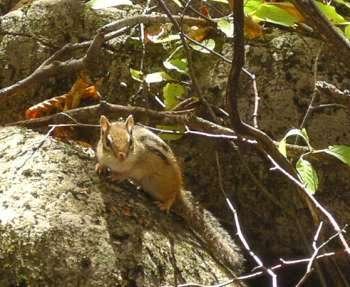It's not entirely clear to me why I haven't been able to write here much lately. Something to do with being overwhelmed with the responsibilities of publishing, or a concern that the stories I have to tell that fall within the purview of the blog are getting repetitive, or some general fatigue caused by too many wars, and a government that is taking us down a bad, bad road much faster than I thought they would or even could when they were elected last January. (It's been a real civics lesson for me, learning just how much power a minority government can wield!)
But today I remembered what I value about having done this now for almost two years. The record I've been building up: casual and hit-and-miss as it is, it is the beginning of a record of the rhythm of the year. I remembered because I was curious about what was around last October, and realized I could check the blog.
Last October was rainy too, but warmer, following a much warmer September. The juncos were here by this time last year, but last year I'd already seen a Tree Sparrow by now, a winter feeder bird. I haven't seen one yet this year. The last day of October 2005 was warm and sunny, and covered with ladybugs, and a few wasps. It could happen again this year, but it's been ages since I've seen a wasp, or a ladybug.
A few days ago a mess of Golden-crowned Kinglets accompanied by sparrows I never got a good look at visited the front yard. Juncos have been visiting in small flocks, then this morning I looked out the back window and saw a mixed flock of song and white-throated sparrows. Walking, more sparrows in the fields, mostly song, then in the cedar bush, a very noisy flock of chickadees. I walked over to see who might be with them.
Something I've noticed this year more than I have before is how often travelling warblers and kinglets are to be found hanging out with chickadees. And one of the great thing about chickadees, contrary to the title of this post, is that you don't have to chase them at all. Sure, I wandered towards them today, but if I'd just waited they would probably have come to me. I could hear that they'd already noticed that I was nearby. And the Golden-crowned Kinglets with them today would have come along too.
So wait for them, or go over to them, but pay attention to the chickadees this time of the year for themselves, and for the hangers-on.
Conditions in Thomasburg:Rain, gusting winds, temperature around 5C all day (damp and chilly!!)
Most of the leaves are down. We've had a few frosts, enough that all tender plants have frozen; hardier ones are vibrant green from weeks of rain.
 Like so many others this year, some of the red cedars have fruited spectacularly.
Like so many others this year, some of the red cedars have fruited spectacularly.
In the upper right you can see a small gall that will "blossom" one day next spring.
Birds in the yard this morning:Downy Woodpecker
Hairy Woodpecker
American Goldfinch (solitary specimen, looking lost)
Black-capped Chickadee
Dark-eyed Junco
American Crow
American Robin
European Starling
Song Sparrow
White-throated Sparrow
Blue Jay
Birds on the walk this afternoon:Mourning Dove (so many!! spread out all over the place, apparently in pairs)
sparrows, spp.
Song Sparrow
Blue Jay
Golden-crowned Kinglet
Black-capped Chickadee













